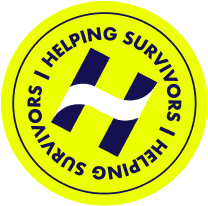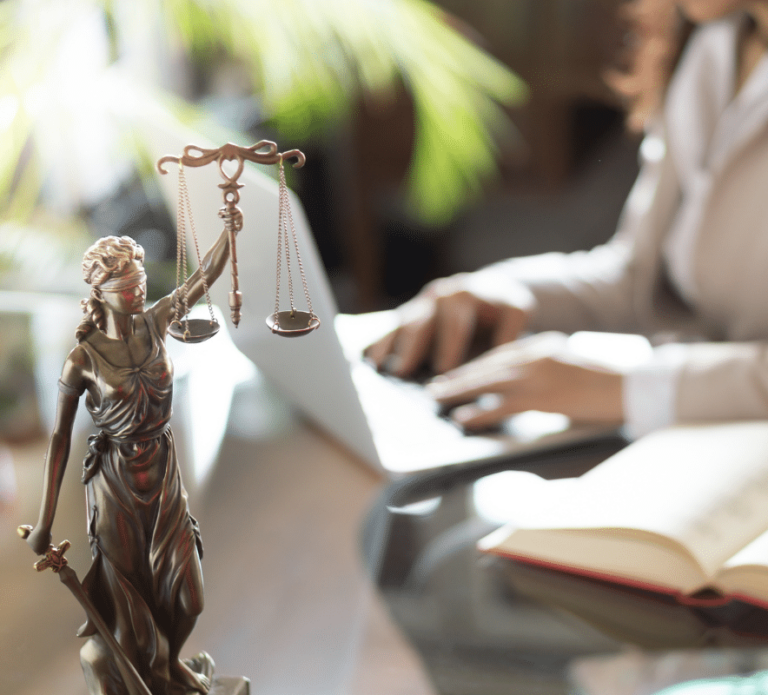What Constitutes Child Pornography?


Author: Kathryn Kosmides
Survivor Advocate
- Child pornography involves any visual depiction of a minor engaging in sexually explicit conduct, including photographs, videos, and digital images, including those created by artificial intelligence (AI).
- The production, distribution, reception, and possession of child pornography are federal offenses in the United States with severe penalties, including imprisonment andregistration as a sex offender.
- Child pornography causes significant harm to the physiological, emotional, and mental health of children, perpetuating abuse and trauma. If you or someone you know has experienced this type of harm, you have rights and options and should reach out to a hotline like RAINN for more assistance.
Child pornography is a particular type of sexual abuse targeting children. Children may be groomed by an adult they trust, using pornographic pictures of children to normalize the abuse. Victims can suffer lasting psychological harm, including developmental and social issues and difficulties forming trusting relationships.
Helping Survivors of Sexual Abuse and Assault is dedicated to empowering survivors of child pornography across the United States. Whether you were victimized by child pornography many years ago or recently, the effects can haunt you for the rest of your life, and the permanent nature and circulation of online material only exacerbate those lasting impacts. Helping Survivors provides access to the most recent resources and accurate information for survivors and their loved ones.
What is Child Pornography?
If you are interested in identifying child pornography, you must first understand it. Title 18, Section 2256 of the United States Code defines child pornography as any visual depiction involving someone under 18 with sexually explicit conduct. Examples of such visual depictions include the following:
- Photographs
- Digital or computer-generated images indistinguishable from a minor but depicting an identifiable minor
- Videos
- Undeveloped film
- Undeveloped videotape
- Electronically stored data
According to the legal definition, the phrase “sexually explicit conduct” does not require that the child be depicted as engaging in sexual activity. The court could consider a picture of a nude child to be pornographic if the court deems it sufficiently sexually suggestive.
However, this does not mean all nude art of children is pornographic. Courts determine whether material is obscene by applying the test established by Miller v. California. Miller is a 1973 Supreme Court opinion that first applied the so-called SLAPS test, a three-part analysis to determine if content, taken as a whole, is obscene. This test asks whether the average person would find that the work in question:
- Appeals to lascivious interests
- Portrays sexual conduct in a patently offensive manner
- Lacks serious literary, artistic, political, or scientific value—hence the name, SLAPS test
Sometimes, the line between child pornography and fine art can be difficult to discern without a court’s judgment. If it feels exploitative, there is a decent chance a court would agree with you, particularly if it fails the SLAPS test.
Legal Implications and Consequences of Child Pornography
There are serious legal implications and consequences for those convicted of child pornography offenses.
If you are not sure where to turn, RAINN can help.
Call 800-656-HOPE (4673) to talk confidentially with a trained professional from RAINN.
They can put you in touch with local resources and organizations that can help in your healing journey.
If you want to speak to a lawyer about your experience, we can help.
Framework of Child Pornography Laws In the United States
You can find federal laws dealing with child pornography in U.S. Code Title 18, Chapter 110 – Sexual Exploitation and Other Abuse of Children. This chapter contains 10 sections forming the federal legal framework addressing child pornography:
- § 2251. Sexual exploitation of children.
- § 2252. Certain activities relating to material involving the sexual exploitation of minors.
- § 2253. Criminal forfeiture.
- § 2254. Civil forfeiture.
- § 2255. Civil remedy for personal injuries.
- § 2256. Definitions for chapter.
- § 2257. Record-keeping requirements
- § 2258. Failure to report child abuse.
- § 2259. Mandatory restitution.
- § 2260. Production of sexually explicit depictions of a minor for importation into the United States.
The following landmark Supreme Court cases offer guidance on interpreting these laws:
- Miller v. California, 1973
- New York v. Ferber, 1982
- Osborne v. Ohio, 1990.
Osborne v. Ohio significantly impacted the child pornography legal landscape. Ohio had a state law that prohibited viewing material depicting nude minors. Osborne argued that the First Amendment protected his right to view child pornography in the privacy of his home. The Court upheld the Ohio law prohibiting the possession of child pornography. The Court’s ruling clarified that First Amendment rights do not extend to child pornography.
State Laws on Consent
The state laws regarding the age of consent are irrelevant. Federal law considers any sexually explicit depiction of a person under 18 illegal, rendering the defense that a 15-, 16-, or 17-year-old consented to participate in child pornography baseless. For example, a court would not accept the defense that a 16-year-old in North Carolina consented to child pornography.
Federal law prohibits more than the creation of child pornography. It criminalizes other roles associated with facilitating its commerce domestically or abroad. These roles include the following:
- Production
- Distribution
- Reception
- Possession
Section 2251 specifically prohibits employing, using, persuading, inducing, enticing, or coercing a minor to engage in sexually explicit conduct for visual productions. Any person who attempts or conspires to create child pornography can be prosecuted under federal law.
The crime would fall under federal jurisdiction if the pornographic content occurred in foreign or interstate commerce. Federal jurisdiction could be triggered by:
- Using the U.S. postal system or similar carriers to transport the material across international or state borders
- Using the internet in association with child pornography, even if the image does not cross borders
- Downloading the image to a computer or CD-ROM that has previously originated or traveled in foreign or interstate commerce
State laws regarding child pornography can vary. For example, California Penal Code Section 311 prohibits producing, distributing, or possessing child pornography.
Penalties
The penalties for child pornography are provided by Sections 2251 and 2252 of Title 18 of the U.S. Code. The penalties are severe and range in severity. The penalty for first-time offenders caught possessing child pornography is up to 10 years in prison. Those convicted of producing and distributing child pornography can expect a 15- to 30-year sentence for their first offense. For subsequent offenses, the sentence increases to between 25 years and life.
Any conviction of child pornography at the federal level requires registering as a sex offender under Section 2250.
Understanding Child Pornography's Harm to Children
According to the Supreme Court in New York v. Ferber:
The use of children as subjects of pornographic material is harmful to the physiological, emotional, and mental health of the child.
This sentiment has been substantiated by research. Children can suffer long-term effects and developmental issues related to relationships and trust. The trauma of being a victim of child pornography can have a lasting impact on survivors.
Child pornography can be used to perpetuate child sexual abuse. This happens when adults use child pornography to groom children for abuse and to normalize child pornography.

Reporting Child Pornography
If you believe someone is involved in child pornography, you should report them to the authorities. You have options as to how you report them:
- Call your local law enforcement agency
- Report using the Cyber Tipline
Your alertness could help save a child from sexual exploitation. The tiplines also allow you to make reports anonymously if you prefer not to be involved. Remember to provide as much information and detail as possible when leaving a tip.
Support and Resources for Victims of Child Pornography
If you know a victim of child pornography, there are organizations providing support for survivors:
- National Center for Missing & Exploited Children
- Thorn
- Childhelp National Child Abuse Hotline
- Rape, Abuse & Incest National Network
These organizations are committed to child pornography prevention. They provide resources for counseling services and therapy for survivors of sexual abuse in schools, child pornography, and foster care sexual abuse. They also provide resources for parents and caregivers.
Find more useful information in UNICEF’s article, “Ending Online Child Sexual Exploitation and Abuse,” and this recent report by the U.S. Government Accountability Office.
You can also contact us directly for help. Helping Survivors is dedicated to helping sexual abuse survivors heal and move forward to a better future.
Want To Speak With A Lawyer?




